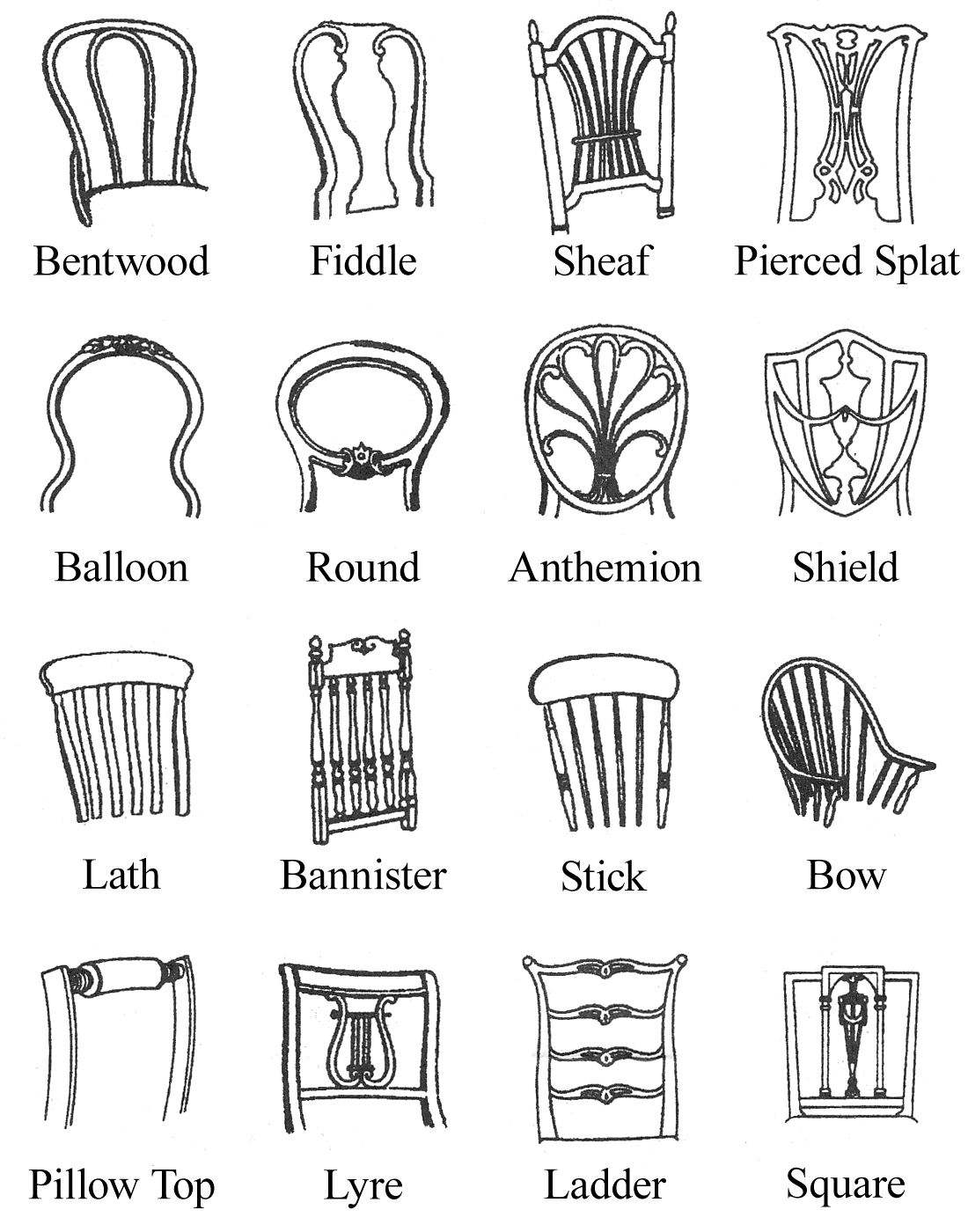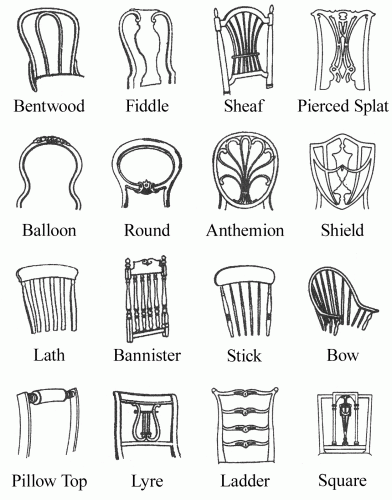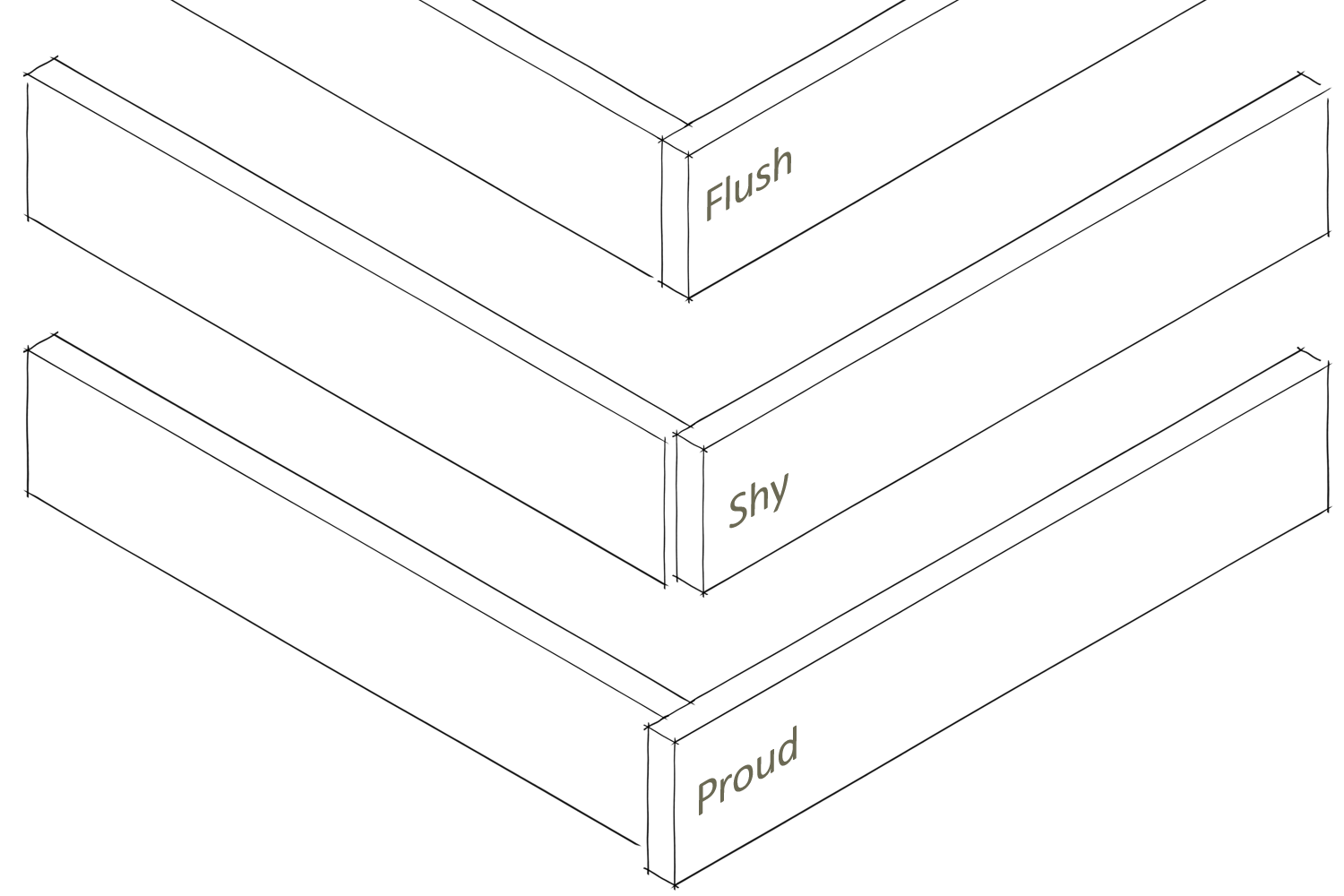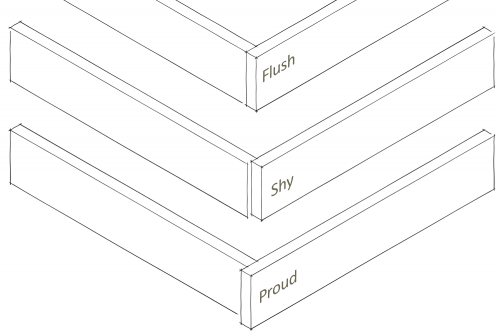Berkeley Rep has posted a video of the set changes in Chinglish. It’s fun and very well made; I saw Chinglish back on Broadway and the scene changes were slick, fast and fluid. I wish more theatres featured their technical and backstage elements like Berkeley Rep has done here; so much of what we do is underrepresented in the media, and it all just disappears once the show closes.
If you like James Bond, a new website called “The Credits” has a short article on some of the famous gadgets in those 22 films. The website also has a cool story and video on Western Costume, one of the large costume rental houses in Los Angeles.
A blog called “She Creates Stuff” has an interesting technique for aging glass bottles with hardening oil rather than paint; this keeps them food safe so they can still be drunk from (found via the Propnomicon blog).
Of the 68,890,282 chemicals used in business and industry today, only about 900 have been tested for cancer-causing abilities. As props people, we are exposed to many chemicals on a daily basis in our paints, adhesives, cleaning products, molding and casting compounds, coatings and even when cutting solid materials. Many of these chemicals are introduced to products without testing whether they are toxic or cause long-term harm. The Safe Chemicals Act means to amend the current laws so that manufacturers have to test chemicals before they sell them to you, rather than the other way around. Currently, it is languishing in the Senate; you can help push it along by contacting Senator Harry Reid, signing this online petition, or by contacting your own Senator to urge action.




